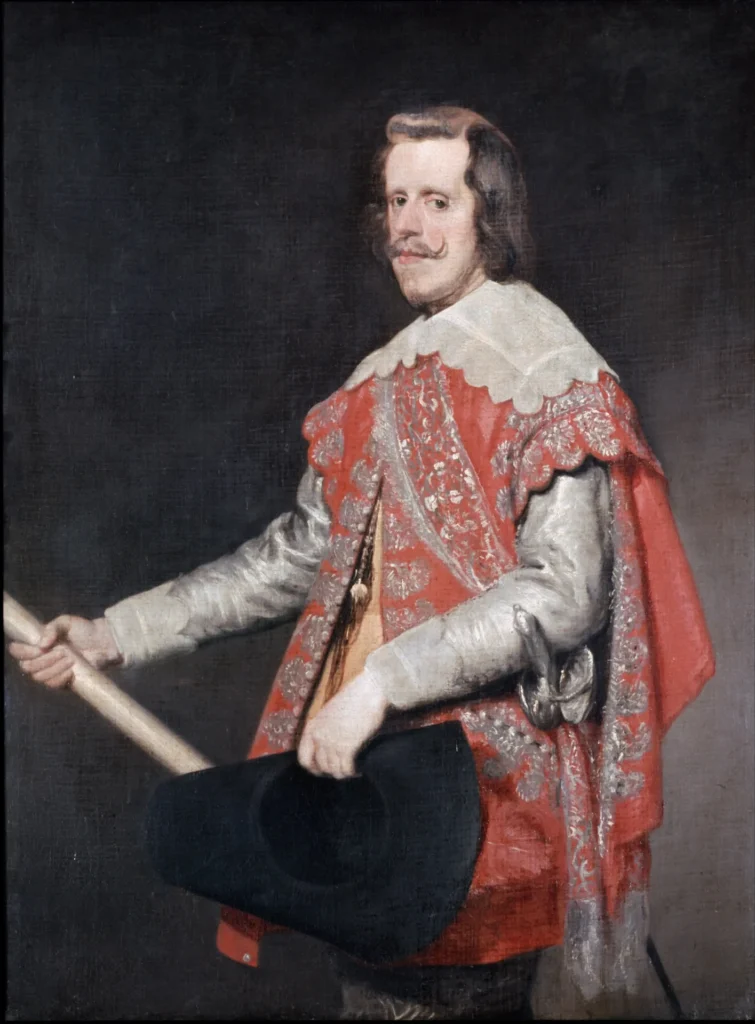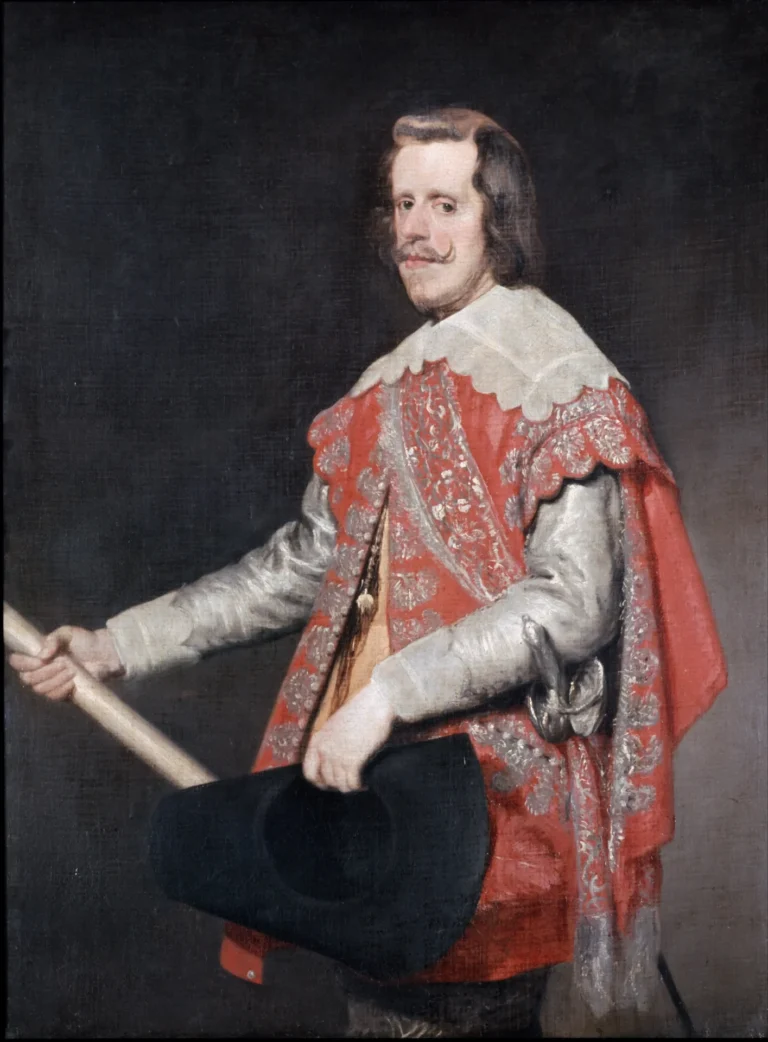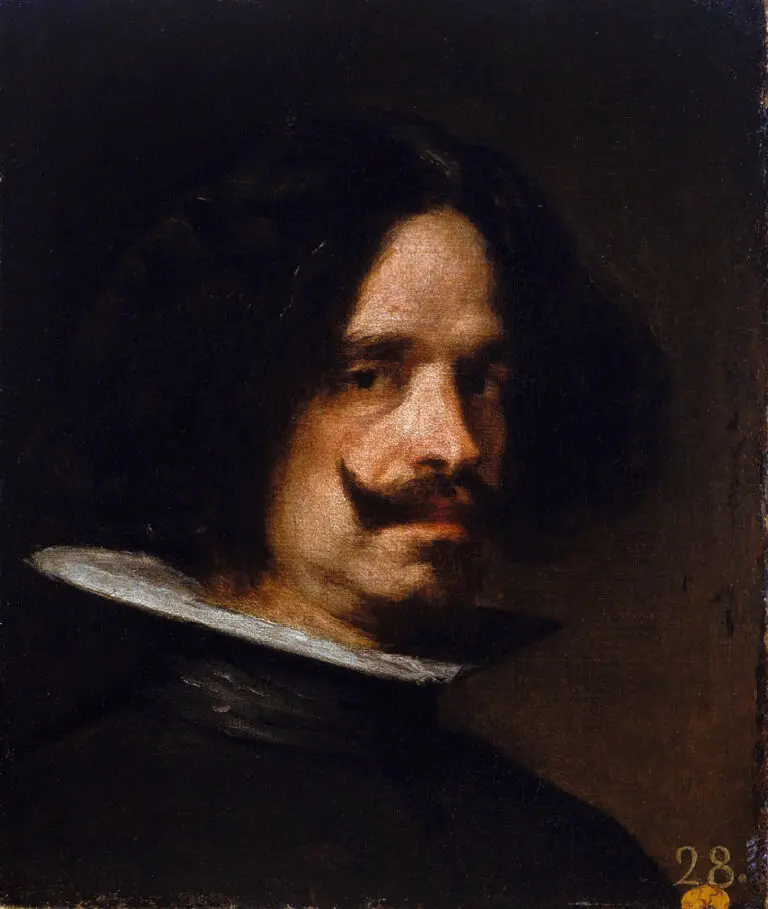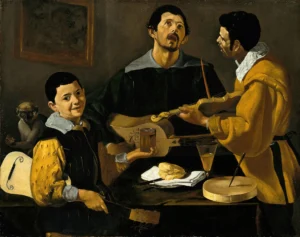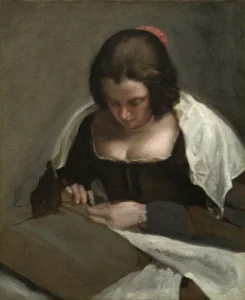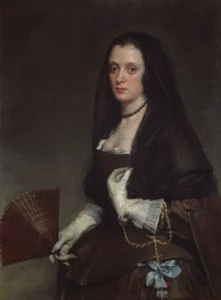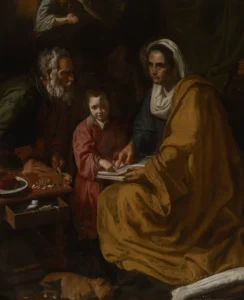Philip IV, King of Spain
Diego Velázquez, the illustrious Spanish painter, created a series of compelling portraits of Philip IV, which chronicle the king’s reign and the evolution of Velázquez's artistry. The earliest, from 1624, captures the nobility of the king adorned in royal emblems, while subsequent works explore the king's character amidst changing political landscapes. These portraits remain significant both artistically and historically, illustrating not only the king's image but also the stylistic transitions of Velázquez throughout his career.
1624 - 1656
About the Artwork
Did You Know
Liked what you see? Add it to your collection.
Enjoyed reading? Share it.
... continued
Philip IV (1624)
This portrait was painted shortly after Velázquez became the king's official painter in 1623. It is known for its noble depiction of the king wearing a gold chain and the emblem of the Order of the Golden Fleece. The portrait was commissioned by Don García Párez de Araciel and underwent significant restoration in 2010 to restore its original quality.
Philip IV of Spain (1628-1629)
This version, housed at the Isabella Stewart Gardner Museum, is another in a series of portraits Velázquez painted of the king. It is similar to the famous portrait in the Prado, Madrid, and measures 201.2 x 109.5 cm.
Philip IV in Brown and Silver (1631-1635)
Located at the National Gallery in London, this portrait is notable for depicting the king in a brown and silver embroidered costume, rather than his usual black attire. It was painted after Velázquez's first trip to Italy and reflects the softer and more colorful palette of the Venetian school. The exact date is uncertain, with estimates ranging from 1631-1632 to 1635.
The King at War: Velázquez's Portrait of Philip IV (1644)
This portrait, housed at The Frick Collection in New York, was painted during a military campaign in Catalonia. It shows the king in a crimson sobreveste with brocade, holding a general's baton and wearing a black montera with a red plume. This portrait was displayed in a parish church in Madrid to celebrate the king's military successes and was accompanied by a sermon that interpreted the king's victory as divine will.
Philip IV of Spain (circa 1656)
This is the last painted image of the king by Velázquez, created when Philip IV was facing significant challenges, including the Thirty Years' War. The portrait depicts the king in his usual somber black clothing, with a pale face and signs of weariness. It is characterized by Velázquez's free brushwork and is now part of the National Gallery's collection in London.




